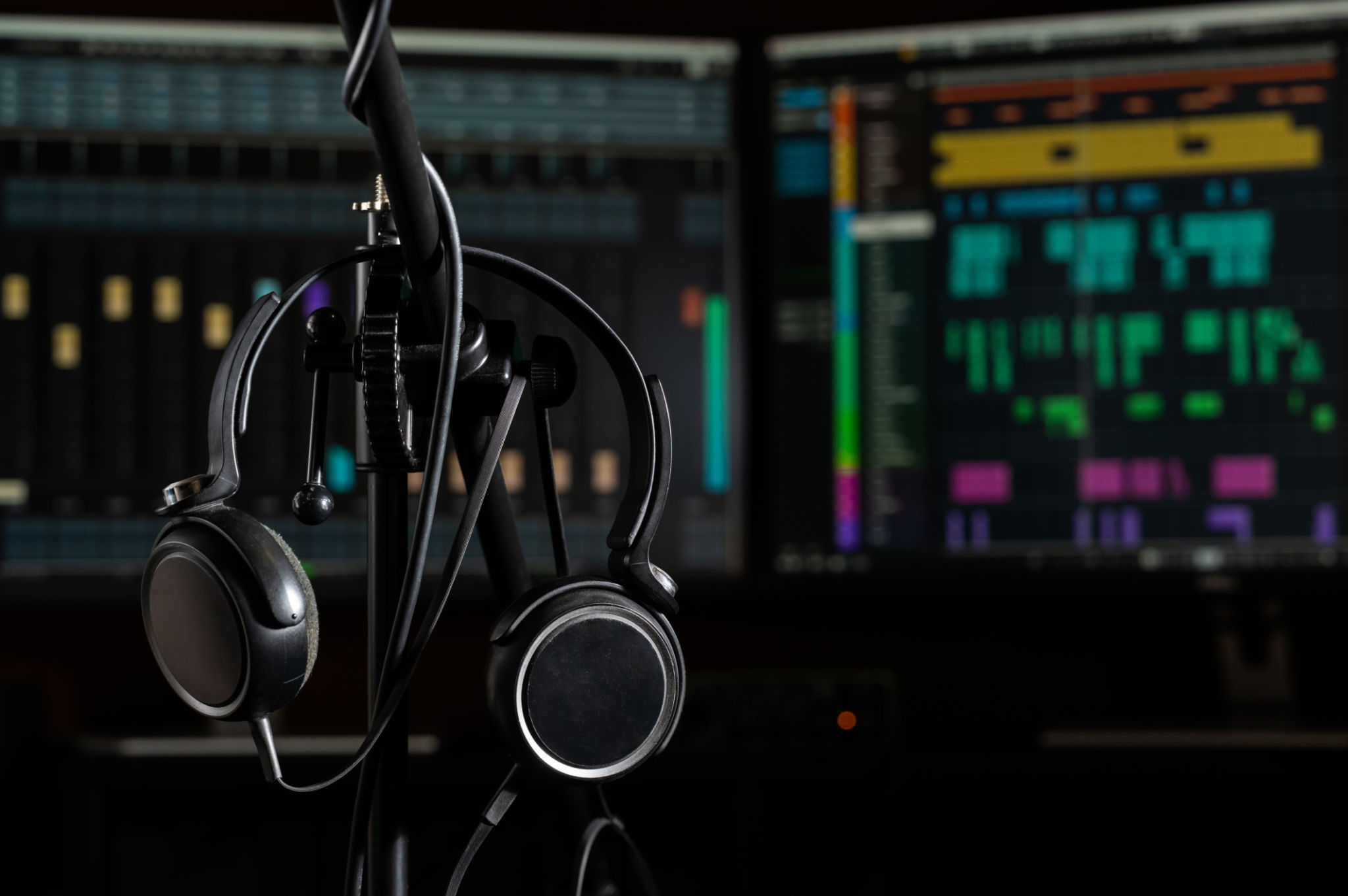DIY Video Production Tips for Small Businesses
Why DIY Video Production?
In today’s digital age, video content has become a powerful tool for engaging audiences and boosting brand visibility. For small businesses, hiring a professional production team can be costly. Fortunately, DIY video production is an accessible and cost-effective solution that allows businesses to create high-quality content without breaking the bank.

Essential Equipment for DIY Video Production
Before you dive into video production, ensure you have the right equipment. While professional gear can be expensive, there are budget-friendly options that deliver impressive results. A good smartphone with a high-resolution camera can serve as your primary recording device. Additionally, investing in a tripod will help stabilize your shots, providing a more professional look.
Audio quality is just as crucial as video. Consider purchasing an external microphone to capture clear sound. Lavalier mics are affordable and excellent for interviews or on-camera dialogue. For lighting, use natural light whenever possible. If indoor lighting is needed, affordable LED lights can make a significant difference.
Planning Your Video Content
Effective planning is key to successful video production. Start by defining the purpose of your video. Are you looking to educate your audience, promote a product, or tell your brand’s story? Once you have a clear objective, draft a script or outline to guide your content.

Consider the length of your video. Attention spans are shorter online, so aim for concise content that delivers your message quickly. A typical promotional or explainer video should be between one to three minutes long. Break down your script into segments and determine the shots needed for each part.
Shooting and Editing Techniques
When filming, pay attention to composition and framing. Use the rule of thirds to create more visually appealing shots. Keep your background simple and free from distractions to keep the focus on your subject. Remember to capture a variety of shots, including close-ups and wide angles, to add visual interest.

Once filming is complete, move on to editing. Numerous free and affordable editing software options are available, such as iMovie or DaVinci Resolve. During editing, trim unnecessary footage and enhance your video with transitions, music, and text overlays. Keep your branding consistent by incorporating your logo and brand colors.
Optimizing Videos for Various Platforms
Different platforms have unique requirements and best practices for video content. Optimize your videos for each platform by considering factors like aspect ratio and video length. For example, vertical videos perform well on platforms like Instagram Stories and TikTok, while horizontal videos are ideal for YouTube.
Don’t forget to add captions to your videos. Many viewers watch videos without sound, especially on social media platforms. Captions not only make your content accessible but also increase engagement by allowing viewers to follow along without audio.
Promoting Your Video Content
Once your video is ready, it's time to share it with the world. Leverage social media platforms to reach a wider audience. Engage with viewers by responding to comments and encouraging them to share your content. Consider embedding videos on your website and including them in email newsletters to maximize exposure.

Analyze the performance of your videos using analytics tools provided by platforms like YouTube and Facebook. Monitor metrics such as views, watch time, and engagement rates to understand what resonates with your audience and refine future content.
By embracing DIY video production, small businesses can create impactful and engaging content that elevates their brand presence online. With the right tools, planning, and creativity, you can produce videos that captivate audiences and drive business growth.
